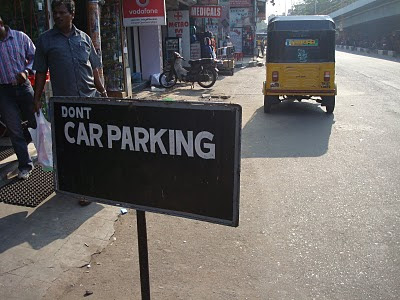The man, the brand
Tucked away in a side street off Chevalier Sivaji Ganesan Salai, this memorial to India's first movie-hero-turned-state-Chief-Minister seems to be an effort to downplay MGR's prominence. But then, it is not a state sponsored memorial, which is on the Marina; this one is maintained by the MGR Memorial Charitable Trust, and is more a storehouse of memories of the man who had a tremendous run of over 5 decades in public life, the first four more as a movie star than a politician and the last, as the state's Chief Minister. Sadly, visitors are not allowed to take pictures inside the house. The official photographer inside will take your picture at certain pre-set locations.
The first thing you see when you enter the drawing room of what used to be MGR's house is the car he used for 10 years - a greenish blue Ambassador, TMX 4777. There is an urban legend that he was sold on the number 4777, because he first became Chief Minister on July 4, 1977. Some years later, when the registration series "MGR" fell due in Maharashtra, he made sure that he bought a car there and had it registered as MGR 4777 - though he never used it much. Other interesting bits that are little known: that he had a lion as a pet - 'Raja' now stands in stuffed glory inside this memorial. He bought the lion for his production "Adimai Penn" - a sequence where he fights the lion impressed Raj Kapoor so much that he wanted tips from MGR when filming a similar sequence for Mera Naam Joker. Though I don't have pictures of either, both car and lion can be seen on the Memorial's website.
In many ways, the house is quite a nice memorial of a man whose political legacy is being claimed by many, even today. After all, it is not everyone who can claim to have won a general election from a hospital bed not just once, but twice: the first time to become an MLA after he was wounded in a fracas in 1967 and the second, all the way from Brooklyn Hospital in New York, in 1984, to be re-elected as the Chief Minister. And if that wasn't enough, a 2008 movie about a taxi carried the number of his car - that's the power of the MGR brand!








































